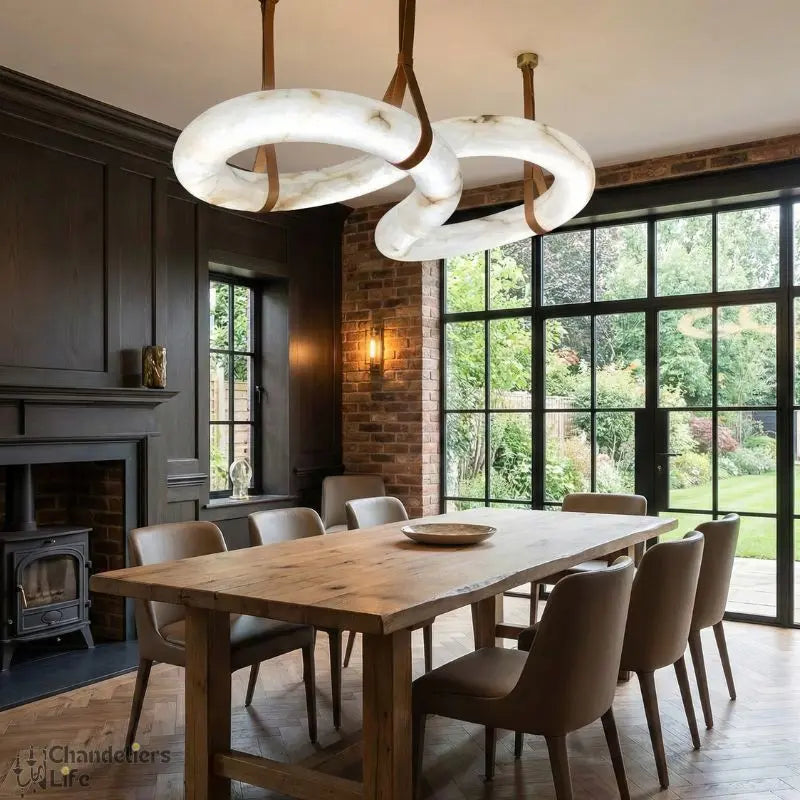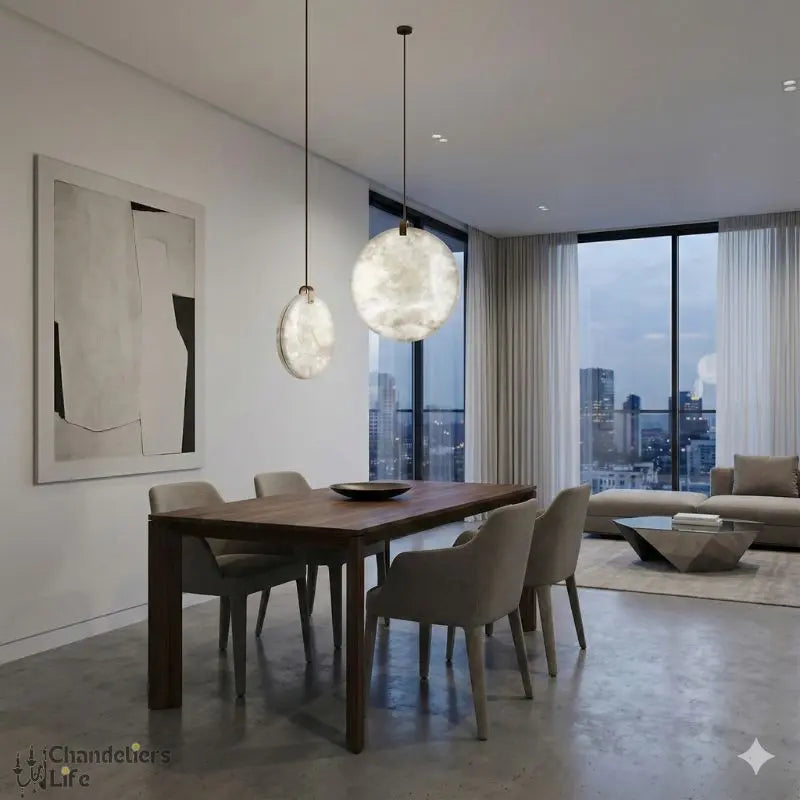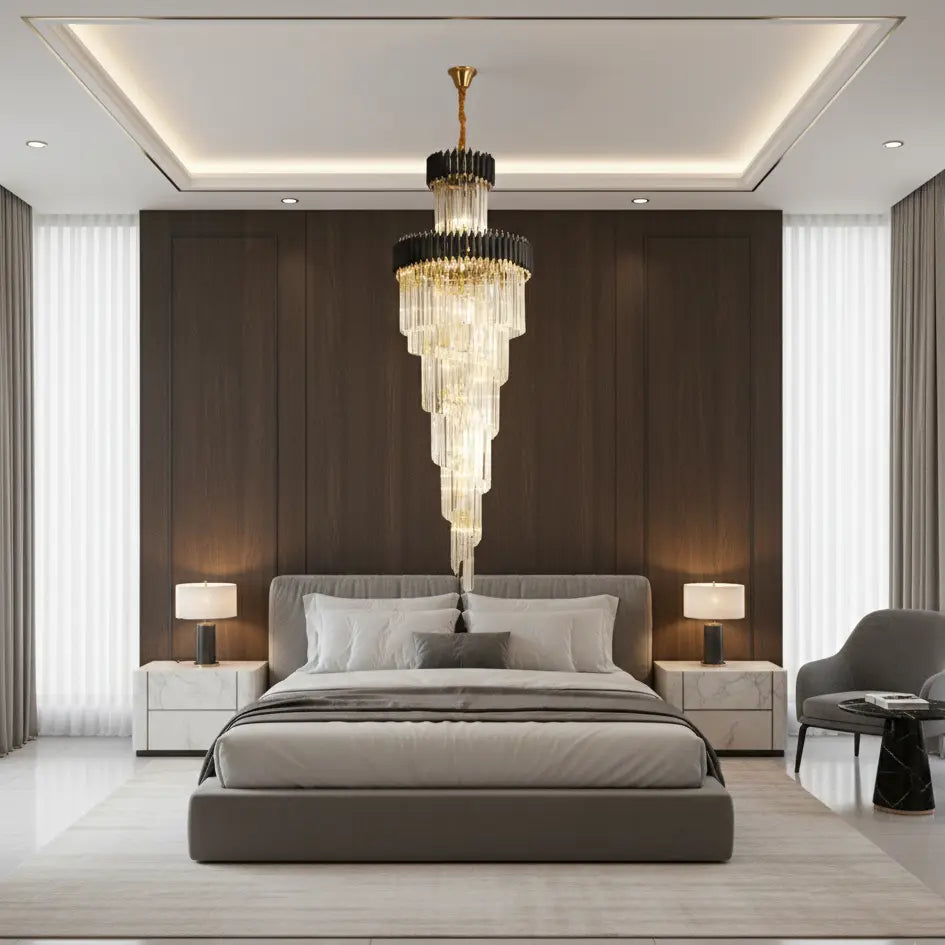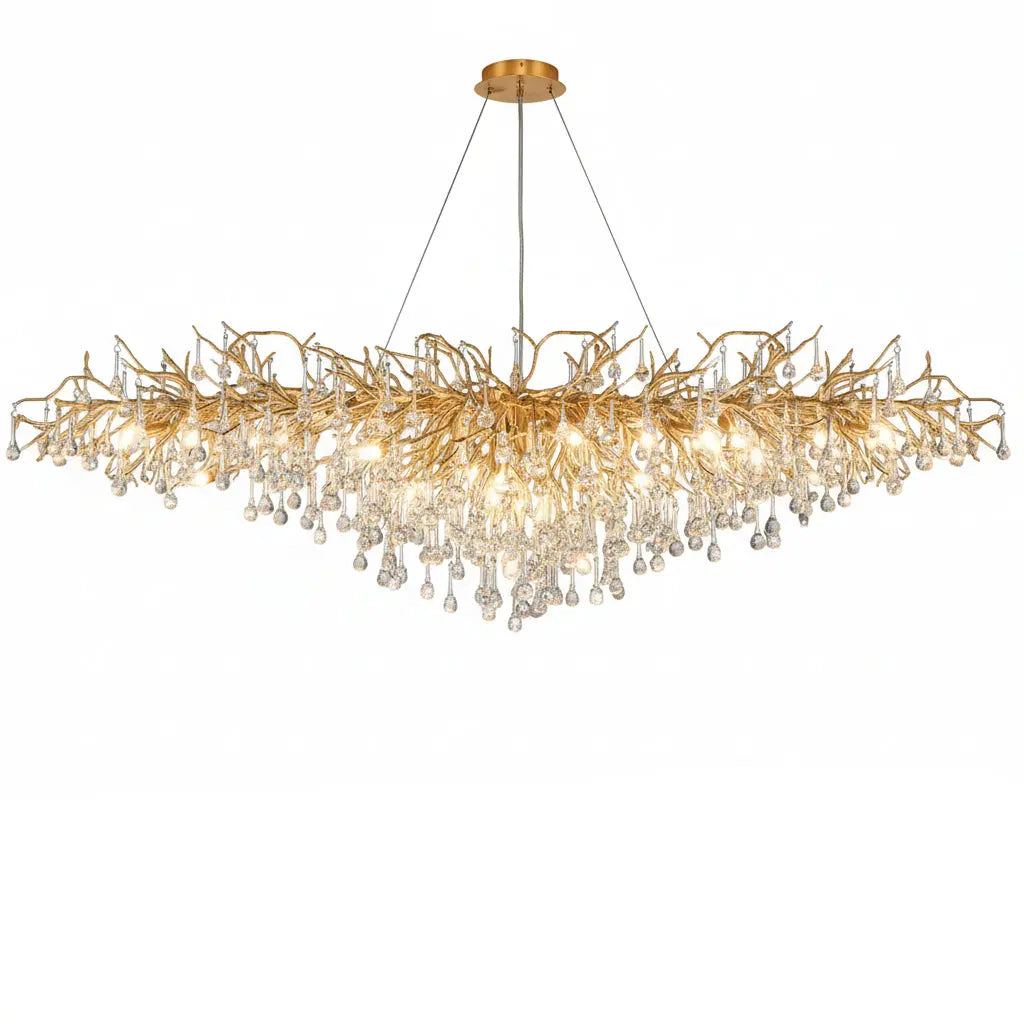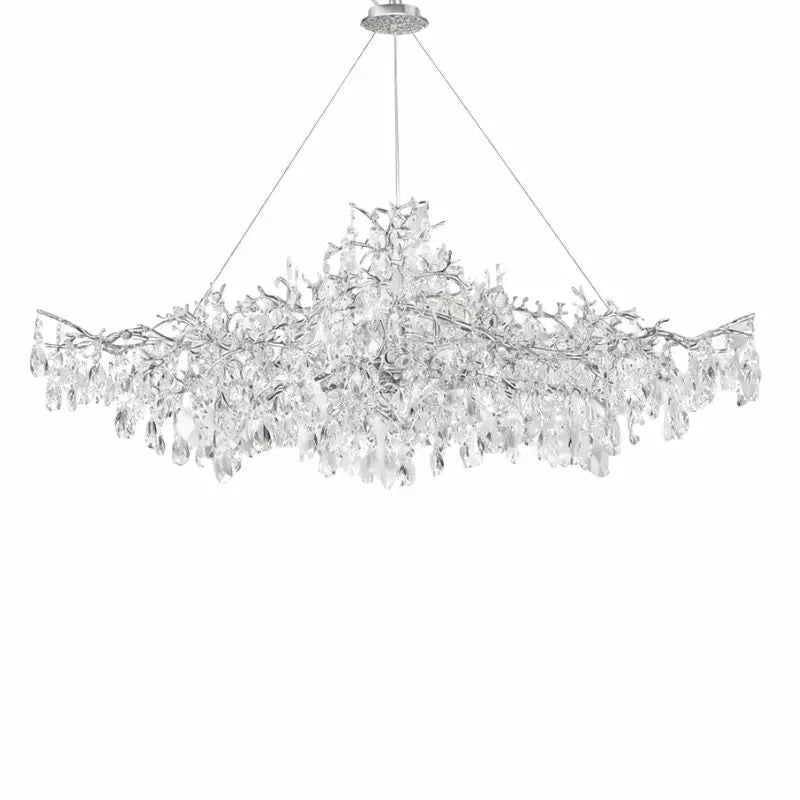Shopping for lights can feel overwhelming, but it doesn't have to be. With the right knowledge and a plan, you can find the perfect lighting that suits your home and style. This guide will help you understand the types of lighting, pick the right fixtures, and create a lighting plan that works for you. Let’s dive into the essentials of choosing the best lights for your space.
Key Takeaways
- Identify the three main types of lighting: ambient, task, and accent.
- Choose fixtures based on the specific needs of each room.
- Layer your lighting for a balanced effect and use dimmers for flexibility.
- Understand the importance of light bulbs, including wattage and energy efficiency.
- Plan your lighting strategically to enhance your home's beauty and functionality.
Understanding Different Types of Lighting
When it comes to lighting your home, understanding the different types of lighting is essential. Each type serves a unique purpose and can greatly affect the atmosphere of your space.
Ambient Lighting: The Foundation
Ambient lighting is the general illumination of a room. It provides a comfortable level of brightness without causing glare. Common sources include:
- Ceiling fixtures
- Recessed lights
- Floor lamps
This type of lighting is crucial for safety and visibility.
Task Lighting: Focused Illumination
Task lighting is designed to illuminate specific areas where activities are performed. This includes:
- Under-cabinet lights in kitchens
- Desk lamps for reading or studying
- Vanity lights in bathrooms
Task lighting helps you see better while performing tasks, making it an important addition to any room.
Accent Lighting: Adding Depth and Drama
Accent lighting is used to highlight specific features in a room, such as artwork or architectural details. It creates a mood and adds visual interest. Examples include:
- Spotlights
- Wall sconces
- Dimmers to control brightness
By combining these three types of lighting, you can create a well-lit and inviting space. Remember, layering your lighting is key to achieving the perfect ambiance in your home.
Lighting can transform a room, making it feel more spacious and welcoming. Consider how you can illuminate your kitchen the best way to enhance both functionality and style!
Choosing the Right Light Fixtures for Each Room
When it comes to lighting your home, selecting the right fixtures for each room is essential. Different spaces have unique needs, and understanding these can help you create a well-lit environment.
Entryway Lighting: Making a First Impression
- Focus on a statement piece: A bold chandelier or a stylish flush mount can set the tone.
- Consider wall sconces for added light without taking up space.
- Ensure the lighting is bright enough to welcome guests.
Kitchen Lighting: Combining Function and Style
- Use pendant lights above islands for both style and task lighting.
- Recessed lighting can provide overall illumination.
- Under-cabinet lights are great for enhancing visibility on countertops.
Bedroom Lighting: Creating a Cozy Retreat
- Layer your lighting with ambient, task, and accent options.
- Dimmers can help adjust the mood for relaxation.
- Consider bedside lamps for reading and creating a warm atmosphere.
Bathroom Lighting: Balancing Function and Ambiance
- Use a mix of ambient and task lighting for practicality.
- Vanity lights should be bright enough for grooming tasks.
- Accent lighting can highlight decor without overwhelming the space.
Remember, the right light fixtures can transform your home, making it both functional and inviting.
Summary Table of Lighting Needs by Room
| Room | Key Lighting Types | Suggestions |
|---|---|---|
| Entryway | Focal Point | Chandeliers, Sconces |
| Kitchen | Task and Ambient | Pendants, Recessed, Under-cabinet |
| Bedroom | Ambient, Task, Accent | Dimmers, Bedside Lamps |
| Bathroom | Ambient, Task | Vanity Lights, Accent Lighting |
By understanding the specific needs of each room, you can create a harmonious lighting plan that enhances your home’s beauty and functionality. Whether you’re considering minimalist living room decor or boho bedroom decor, the right fixtures will complement your style. Don't forget to think about how to decorate a small bathroom or how to decorate a small dining room to maximize your space!
Layering Your Lighting for Maximum Impact
Creating a well-lit space involves more than just one type of light. Layering your lighting can make your home feel warm and inviting. Here’s how to do it effectively:
Combining Ambient, Task, and Accent Lighting
- Ambient Lighting: This is your main source of light, like ceiling fixtures or lamps. It helps you see and move around safely.
- Task Lighting: Use this for specific activities, such as reading or cooking. Examples include desk lamps or under-cabinet lights.
- Accent Lighting: This adds style and highlights features in your room, like artwork or architectural details. Think of wall sconces or spotlights.
Using Dimmers for Versatility
- Dimmers allow you to adjust the brightness of your lights, making it easy to change the mood of a room.
- They can help save energy and extend the life of your bulbs.
- Consider installing dimmers in areas where you entertain or relax.
Highlighting Architectural Features
- Use lighting to draw attention to unique aspects of your home, such as:
- Arches
- Columns
- Textured walls
- This not only enhances the beauty of your space but also adds depth and interest.
Layering your lighting is essential for creating a balanced and inviting atmosphere in your home. It allows you to adjust the light according to your needs and activities, making every space functional and beautiful.
By understanding how to mix different types of lighting, you can illuminate your home in a way that feels both stylish and practical. Remember, the goal is to create a harmonious blend that suits your lifestyle and enhances your living space.
Selecting the Perfect Light Bulbs
Choosing the right light bulbs is essential for creating the perfect atmosphere in your home. Different types of bulbs serve different purposes, so understanding your options is key.
Understanding Wattage and Lumens
When selecting light bulbs, it’s important to know how much light you need. Here’s a quick breakdown:
| Bulb Type | Wattage | Lumens |
|---|---|---|
| LED | 10-15 | 800 |
| Incandescent | 60 | 800 |
| CFL | 13-15 | 800 |
- Wattage indicates energy use.
- Lumens measure brightness.
- Choose bulbs based on the room's needs.
Choosing the Right Bulb Base
Different fixtures require different bulb bases. Here are some common types:
- E26: Standard base for most household bulbs.
- E12: Smaller base, often used in chandeliers.
- GU10: Twist-and-lock base for spotlights.
Energy Efficiency: LED vs. Incandescent
LED bulbs are becoming more popular due to their energy efficiency. Here’s why:
- Longer lifespan: LEDs last up to 25,000 hours.
- Lower energy costs: They use 75% less energy than incandescent bulbs.
- Variety of styles: From captivating chandeliers to modern fixtures, there’s an LED option for every decor.
Remember, the right light bulb can transform your space. Take your time to choose wisely!
Creating a Lighting Plan for Your Home
Creating a lighting plan is essential for ensuring that your home is well-lit and inviting. A good plan helps you choose the right fixtures and bulbs for each room. Here’s how to get started:
Assessing Your Lighting Needs
- Walk through your home and identify areas that need lighting.
- Make a list of the types of fixtures you need, such as chandeliers, sconces, or flush mounts.
- Consider the height of your ceilings; for example, low ceilings may only allow for flush mounts.
Planning for Different Ceiling Heights
- Low Ceilings: Use flush mounts or semi-flush mounts to avoid crowding the space.
- High Ceilings: Consider using pendant lights or chandeliers to draw the eye upward.
- Mixed Heights: Use a combination of fixtures to create balance and interest.
Incorporating Natural Light
- Maximize windows by using sheer curtains to let in more light.
- Position mirrors strategically to reflect light and brighten dark corners.
- Use plants for home decor to enhance the natural feel of your space.
A well-thought-out lighting plan can transform your home, making it feel more spacious and welcoming.
By following these steps, you can create a lighting plan that not only meets your needs but also complements your style, whether you prefer Scandinavian home decor inspiration or industrial style home decor. Remember, the right lighting can make all the difference in how your home feels!
Shopping for Lights on a Budget
When it comes to lighting your home without breaking the bank, there are several strategies you can use. Finding affordable options is key to achieving a well-lit space that looks great.
Prioritizing Essential Fixtures
- Start with the most important rooms: kitchen, living room, and bedroom.
- Consider multifunctional fixtures that serve more than one purpose.
- Look for sales or clearance items to save money.
Finding Affordable Options
- Check out local thrift stores or online marketplaces for second-hand lights.
- Explore discount retailers that offer stylish yet budget-friendly options.
- Don’t forget to look for crystal chandeliers on sale; they can add elegance without a hefty price tag.
DIY Lighting Solutions
- Get creative with DIY projects to make your own light fixtures.
- Use inexpensive materials to craft unique lamps or pendant lights.
- Consider upcycling old items into new lighting solutions, which can also serve as great small apartment decor ideas.
Remember, lighting can transform a space. With a little creativity and planning, you can achieve beautiful results on a budget!
Outdoor Lighting: Extending Your Living Space
Pathway and Garden Lighting
Outdoor lighting can transform your yard into a beautiful space. Here are some ideas:
- Pathway lights: Illuminate walkways for safety and style.
- Garden lights: Highlight your favorite plants and flowers.
- String lights: Add a cozy feel to patios or balconies.
Security Lighting
Safety is key when it comes to outdoor lighting. Consider these options:
- Motion sensor lights: Automatically turn on when someone approaches.
- Flood lights: Brighten up large areas for better visibility.
- Solar lights: Eco-friendly options that charge during the day.
Creating Outdoor Ambiance
To make your outdoor space inviting, think about:
- Layering lights: Combine different types of lighting for depth.
- Using dimmers: Control brightness for different occasions.
- Incorporating natural elements: Use fixtures that match your boho chic home decor.
Outdoor lighting not only enhances beauty but also increases safety and functionality. Investing in quality fixtures can make a big difference in your outdoor experience.
For a stunning look, explore a wide range of ceiling light fixtures that can elevate your outdoor space. Whether you prefer modern designs or traditional styles, there are options to fit every taste.
Consider these eco-friendly home decor ideas to make your outdoor area shine while being kind to the planet. Don't forget to add some apartment balcony decor ideas to create a cozy retreat outdoors!
Transform your outdoor area into a cozy retreat with the right lighting! Whether you're hosting a gathering or enjoying a quiet evening, outdoor lights can make all the difference. Visit our website to explore a variety of stylish options that will brighten up your space and enhance your outdoor experience!
Final Thoughts on Choosing the Right Lighting
In conclusion, finding the right lights for your home is not just about picking pretty fixtures. It’s about understanding how each room needs different types of lighting. By thinking about what you want to achieve in each space, you can make smart choices that will brighten your home and create a cozy atmosphere. Remember to consider energy efficiency, too, as it can save you money in the long run. Take your time, do your research, and enjoy the process of making your home shine!
Frequently Asked Questions
What are the main types of lighting I should know about?
The three main types of lighting are ambient, task, and accent lighting. Ambient lighting provides overall illumination, task lighting focuses on specific areas, and accent lighting highlights features or decor.
How do I choose the right light fixture for my room?
Start by considering the room's purpose and style. For example, a bold chandelier works well in a dining room, while subtle sconces are great for an entryway.
What should I consider when selecting light bulbs?
Look at the wattage and lumens to understand brightness. Also, think about the bulb base type and energy efficiency, like choosing LED bulbs for savings.
How can I create a lighting plan for my home?
Walk through your home to see where you need light fixtures. Make a list and think about the style you want for each room.
What are some budget-friendly lighting options?
You can find affordable fixtures at home improvement stores or online. Consider DIY projects to create unique lighting solutions.
What outdoor lighting options are best for safety and ambiance?
Pathway lights and floodlights enhance safety, while string lights or lanterns can create a cozy outdoor atmosphere.







